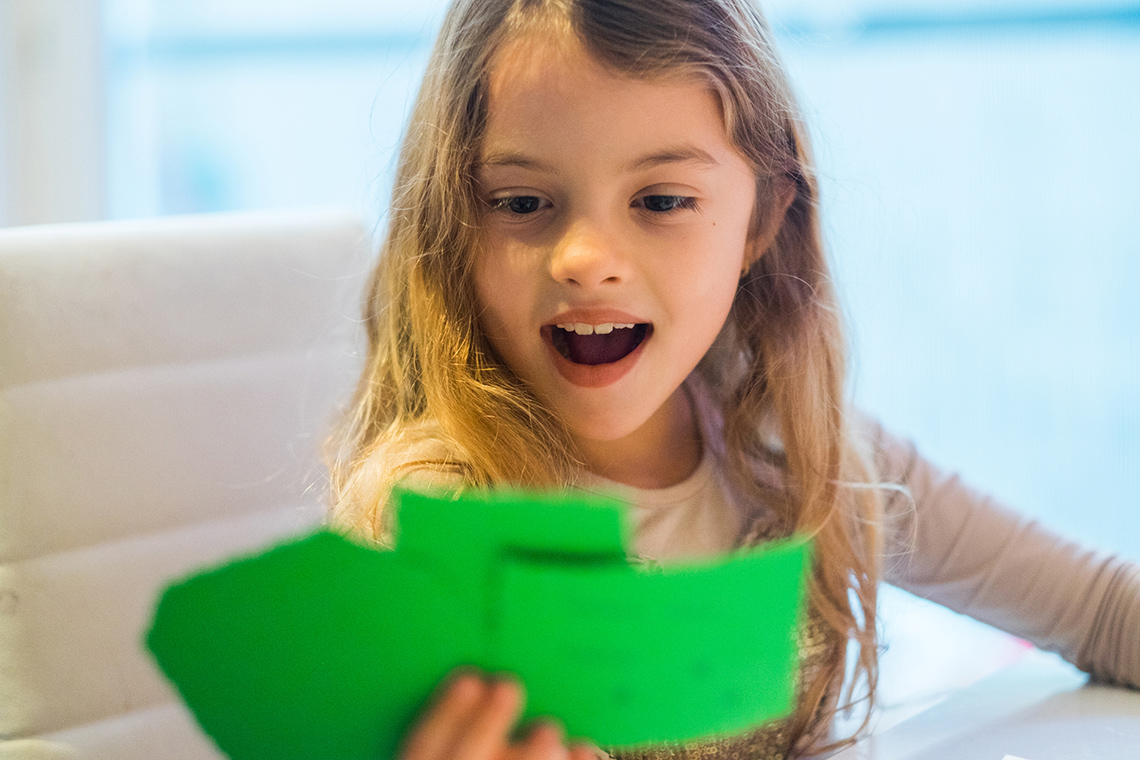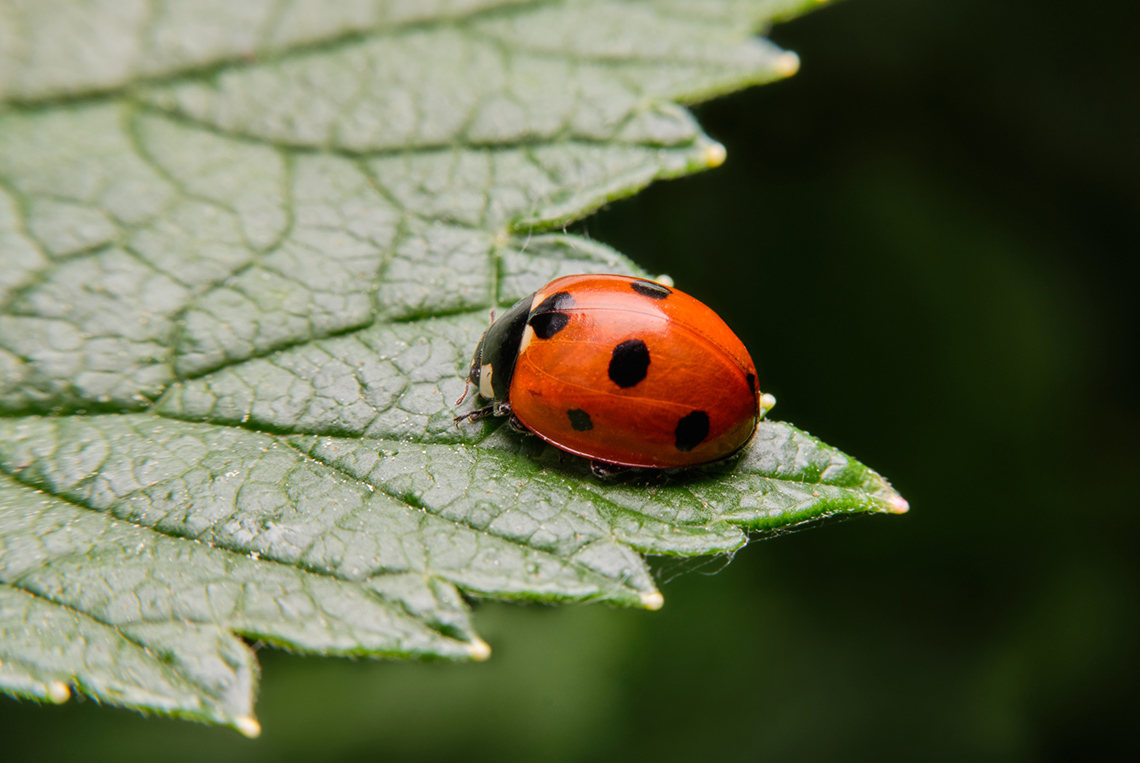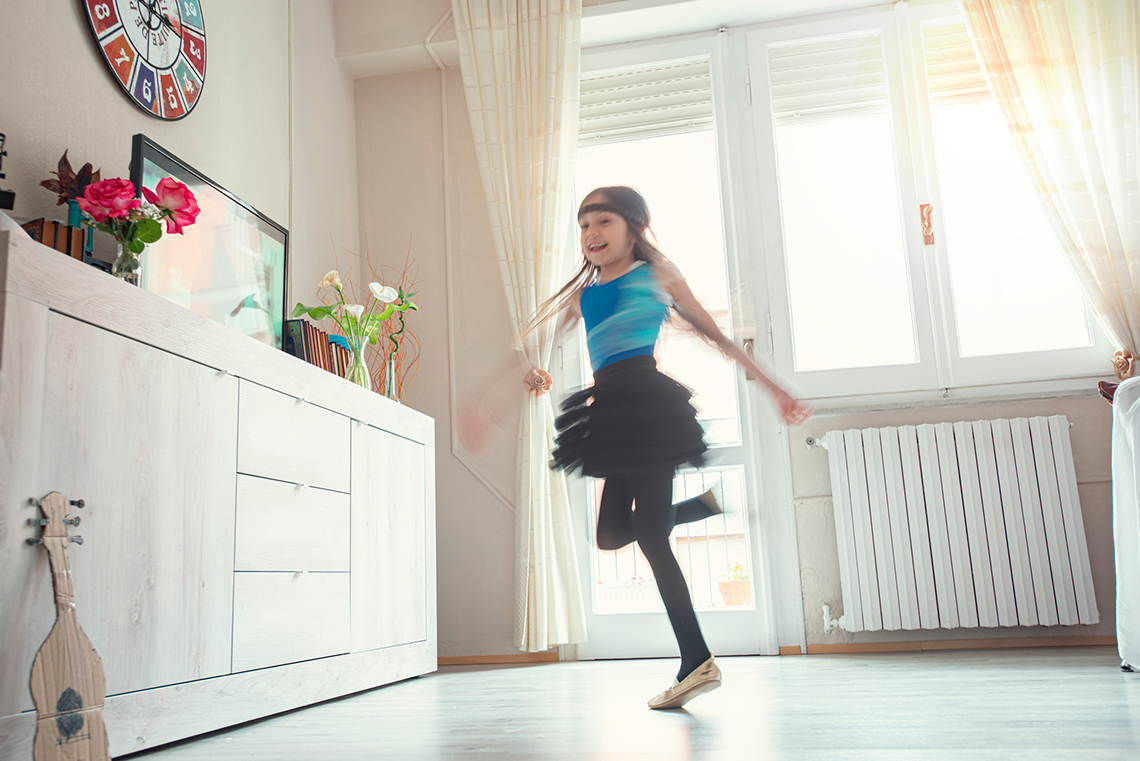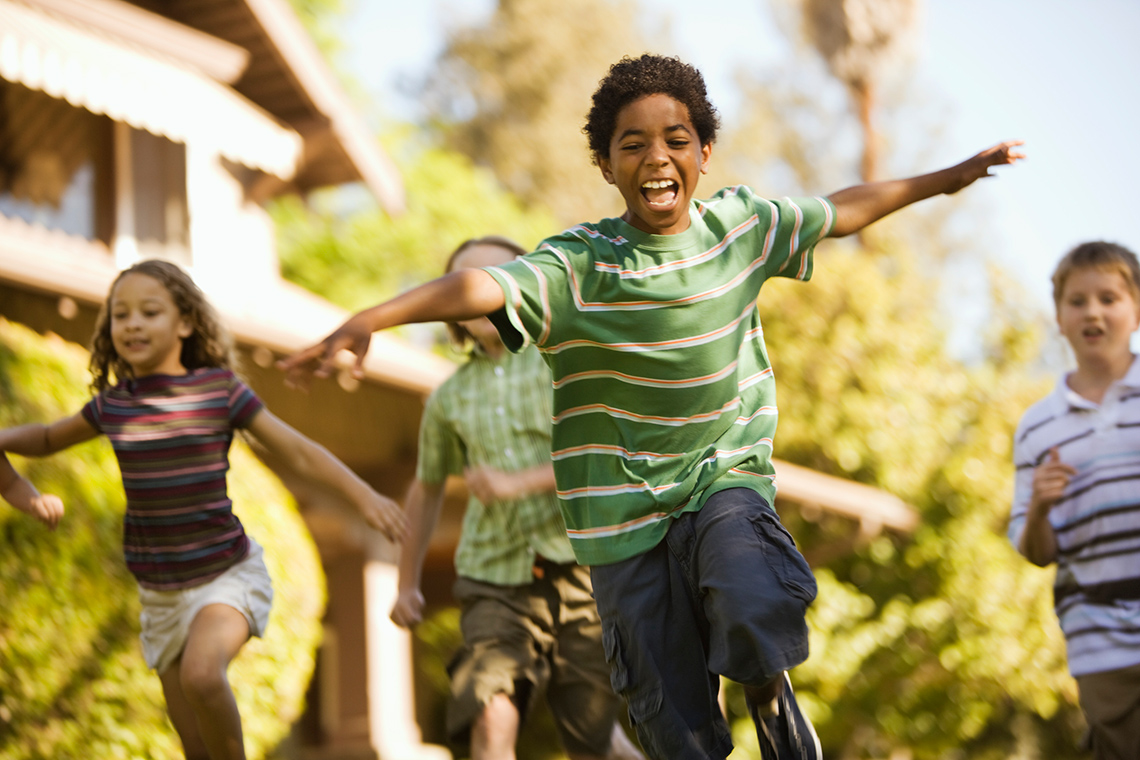Minds On
Today’s vocabulary

Press the following tabs to access today’s vocabulary.
Press the following tabs to access today’s vocabulary continued.
The route or movement taken from point A to point B; or a pattern or design created on the floor or in the air by movements of the body (e.g., the arm moving in a circular motion creates a circular air pathway; galloping across the general space in a zigzag motion creates a ground pathway). The following are some examples.
- air pathway
- ground pathways
Let’s get started!
Let’s explore the following patterns, then decide what shape comes next in each pattern.
Select the correct answer, then press ‘Check Answer’ to see how you did.
How might we describe the patterns using the letters A and B?
Press the following tabs to access each pattern.

If the circle is the letter A, and the star is the letter B, how might we describe this pattern?
Record your ideas in a notebook or another method of your choice.

If the triangle is the letter A, and the square is the letter B, how might we describe this pattern?
Record your ideas in a notebook or another method of your choice.

If the rectangle is the letter A, and the heart is the letter B, how might we describe this pattern?
Record your ideas in a notebook or another method of your choice.
Action
Get ready, get set…
Dances can be explored by examining the different sections or parts.
Often, the same movements are repeated during a dance, which creates a pattern.
There are many different forms of patterns.
Patterns

Let’s explore more about the ‘A B’ pattern and how we can create movements that represent it.
Nature is a great place to explore movement.
For example, all insects in nature move in creative ways.
Access the following video to learn more about ants and their movements.
Then, check out the following video to learn more about bees and their movements.
Pause and Reflect
Pause and reflect
After exploring the videos, reflect on the following questions:
- Are the insects’ movements locomotor or non-locomotor?
- What pathway are they moving in? Straight, zigzag, or curved paths?
- What quality of energy do you notice? Smoothly, carefully, energetically, or excitedly?
Record your thoughts in a notebook or another method of your choice.
Press ‘Hint’ to access a detail.
- Locomotor is a movement that involves travelling from one place to another across a space (e.g., walking, galloping, rolling, etc.).
- Non-locomotor is a non-travelling movement where the body stays in one place; also called axial movement (e.g., moving the arms and/or twisting the body while staying in one spot, rise and sink, shake, push and pull, swing and sway).
- Pathway is the route or movement taken from point A to point B; or a pattern or design created on the floor or in the air by movements of the body (e.g., the arm moving in a circular motion creates a circular air pathway; galloping across the general space in a zigzag motion creates a ground pathway).
- Quality is the space in which the body moves; includes the area around the body and the larger dance space.
Nature patterns

Task 1: Pattern moves
Now, let’s create our own movements that represent an ant and a bee.
The ant will represent the ‘A’ part of the pattern.
The bee will represent the ‘B’ part of the pattern.


Consider locomotor, non-locomotor, pathways, and the quality of energy when creating your movements for the ant and the bee.
Record your movement ideas in a notebook or another method of your choice.
Press ‘Hint’ to access a detail.
The ‘A’ and ‘B’ movements should have different energy qualities and use different pathways.
When you are ready, press ‘Let’s Check’ to access possible A and B movements.
Check out the following movements:
|
Ant 
Marching energetically in a straight pathway |
Bee 
Moving excitedly in a zigzag pathway |
Task 2: Dance phrase

Now, let’s create a dance phrase!
We will use the ‘A B’ pattern form with the movements we have created in Task 1: Pattern moves.
Press ‘Hint’ to access a detail.
- The ants will represent the ‘A’ part of the pattern.
- The bees will represent the ‘B’ part of the pattern.
The pattern will repeat three times.
Choose which pattern follows the ‘A B’ pattern form.
Select the correct answer, then press ‘Check Answer’ to see how you did.
When you are ready, press ‘Let’s Check!’ to access the correct answer.
Check out the following ‘A B’ pattern:

Pattern A B
As a dance phrase, this pattern would be:
|
A |
B |
A |
B |
A |
B |
|---|---|---|---|---|---|
|
March straight |
Move in a zigzag |
March straight |
Move in a zigzag |
March straight |
Move in a zigzag |
Safety
Before you begin:
If possible, try out the ‘A B’ pattern dance phrase, and repeat for at least three times.
Go!

Now, let’s create your own ‘A B’ pattern dance phrase.
1. First, let’s think of two more insects to create our dance phrase.
You may use the insect examples in following video clips or others of your choice.
Press the following tabs to access insect video clips.
Access the following video to learn more about ladybugs and their movements.
Check out the following video to learn more about butterflies and their movements.
2. Next, create movements to represent the two insects you chose.
You may use the following checklist to guide the movements.
Be sure to include the following:
3. Record your dance phrase for each chosen insect.
Complete the Insect Movement Activity in your notebook or using the following fillable and printable document. If you would like, you can use speech-to-text or audio recording tools to record your thoughts. Consider adding your work to your dance portfolio.
|
My chosen insects |
Description of movement |
|---|---|
|
Insect A: |
|
|
Insect B: |
Press the ‘Activity’ button to access Insect Movement Activity.
4. Lastly, put the movements together to create an ‘A B’ pattern form dance phrase.
Repeat the pattern three times.
Complete the Insect Dance Phrase Activity in your notebook or using the following fillable and printable document. If you would like, you can use speech-to-text or audio recording tools to record your thoughts. Consider adding your work to your dance portfolio.
|
A |
B |
|---|---|
|
Movement: |
Movement: |
|
A |
B |
|---|---|
|
Movement: |
Movement: |
|
A |
B |
|---|---|
|
Movement: |
Movement: |
Press the ‘Activity’ button to access Insect Dance Phrase Activity.
Safety reminder
Always be sure to do your safety checks before any physical activity!
If possible, try out your dance phrase.
Consolidation
Different patterns

Recall from the beginning of the learning activity, we learned that different pattern forms might be used when creating a dance phrase.
Some pattern forms we explored were the ‘A B’ form, the ‘A B A’ form, and the ‘A B B A’ form.
In the Action section, we explored movements and created a dance phrase based on the ‘A B’ pattern form.

‘A B’ Pattern
We used the movement of an ant for the ‘A’ section of the pattern, and the movement of a bee for the ‘B’ section of the pattern.
Portfolio
My dance phrase
1. From the Action section, use the A and B movements created for the insects you chose.
2. Then, choose either the ‘A B A’ pattern form or the ‘A B B A’ pattern form to create another dance phrase.
Complete the My Dance Phrase Activity in your notebook or using the following fillable and printable document. If you would like, you can use speech-to-text or audio recording tools to record your thoughts. Consider adding your work to your dance portfolio
|
‘A B A’ Pattern form |
||
|---|---|---|
|
A |
B |
A |
|
Description of movement: |
Description of movement: |
Description of movement: |
|
‘A B B A’ Pattern form |
|||
|---|---|---|---|
|
A |
B |
B |
A |
|
Description of movement: |
Description of movement: |
Description of movement: |
Description of movement: |
Press the ‘Activity’ button to access My Dance Phrase Activity.
Safety reminder
Always be sure to do your safety checks before any physical activity!
If possible, try out your dance phrase, show someone your dance phrase or record your dance phrase.
Consider adding this My Dance Phrase Activity to your portfolio.

Portfolio
Review your learning
Respond to the following questions:
- Which pattern form did you enjoy creating the most? Why?
- Is there a part of your dance phrase you might change? If so, what would you change and why?
Record your ideas in a notebook or another method of your choice.
Consider adding your work to your dance portfolio.
Reflection
How do you feel about what you have learned in this activity? Which of the next four sentences best matches how you are feeling about your learning? Press the button that is beside this sentence.
I feel...
Now, record your ideas about your feelings using a voice recorder, speech-to-text, or writing tool.
Press ‘Discover More’ to extend your skills.
Discover MoreCreate your own letter pattern form and use your movements to create a dance phrase.
Safety reminder
Always be sure to do your safety checks before any physical activity!
If possible, try out your dance phrase, show a partner your dance phrase, or record it!
Consider adding your work to your dance portfolio.





